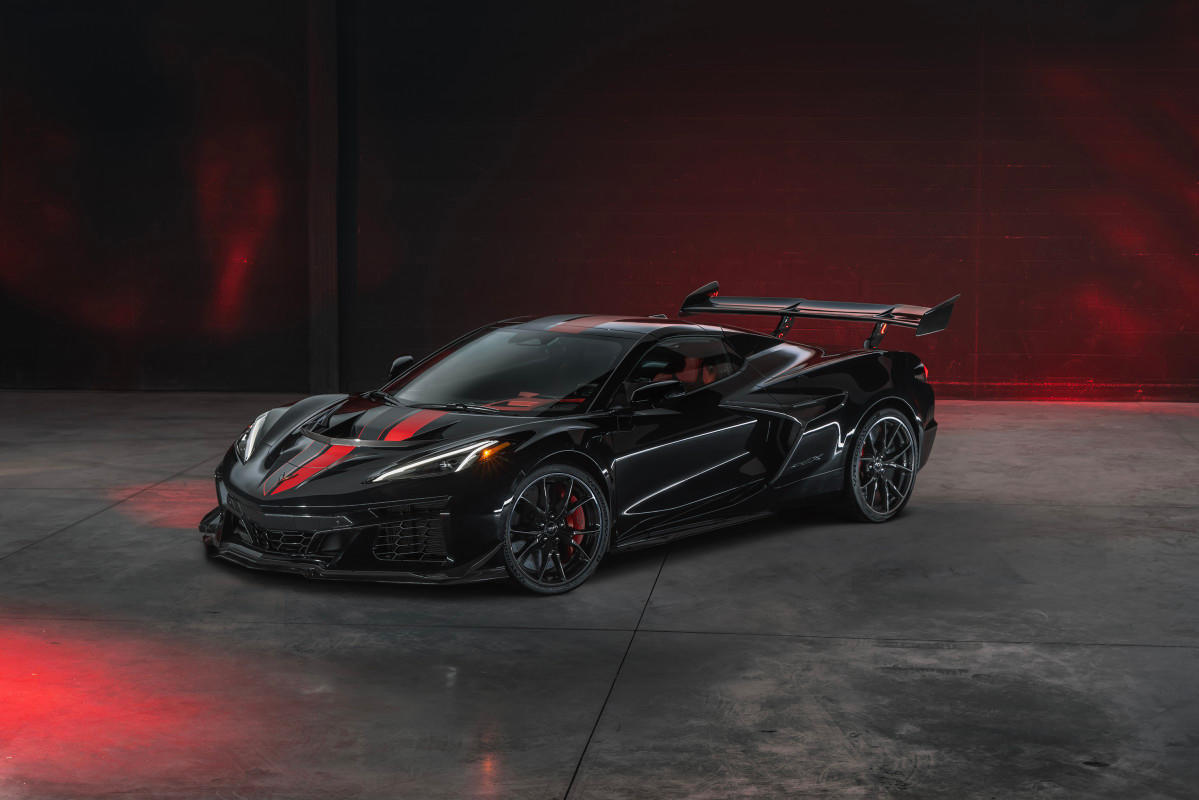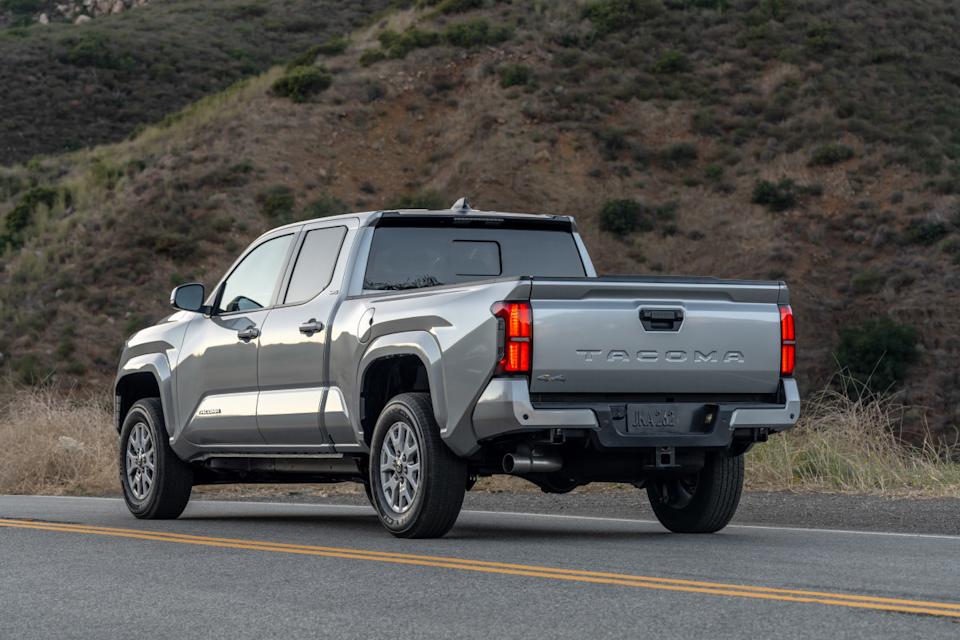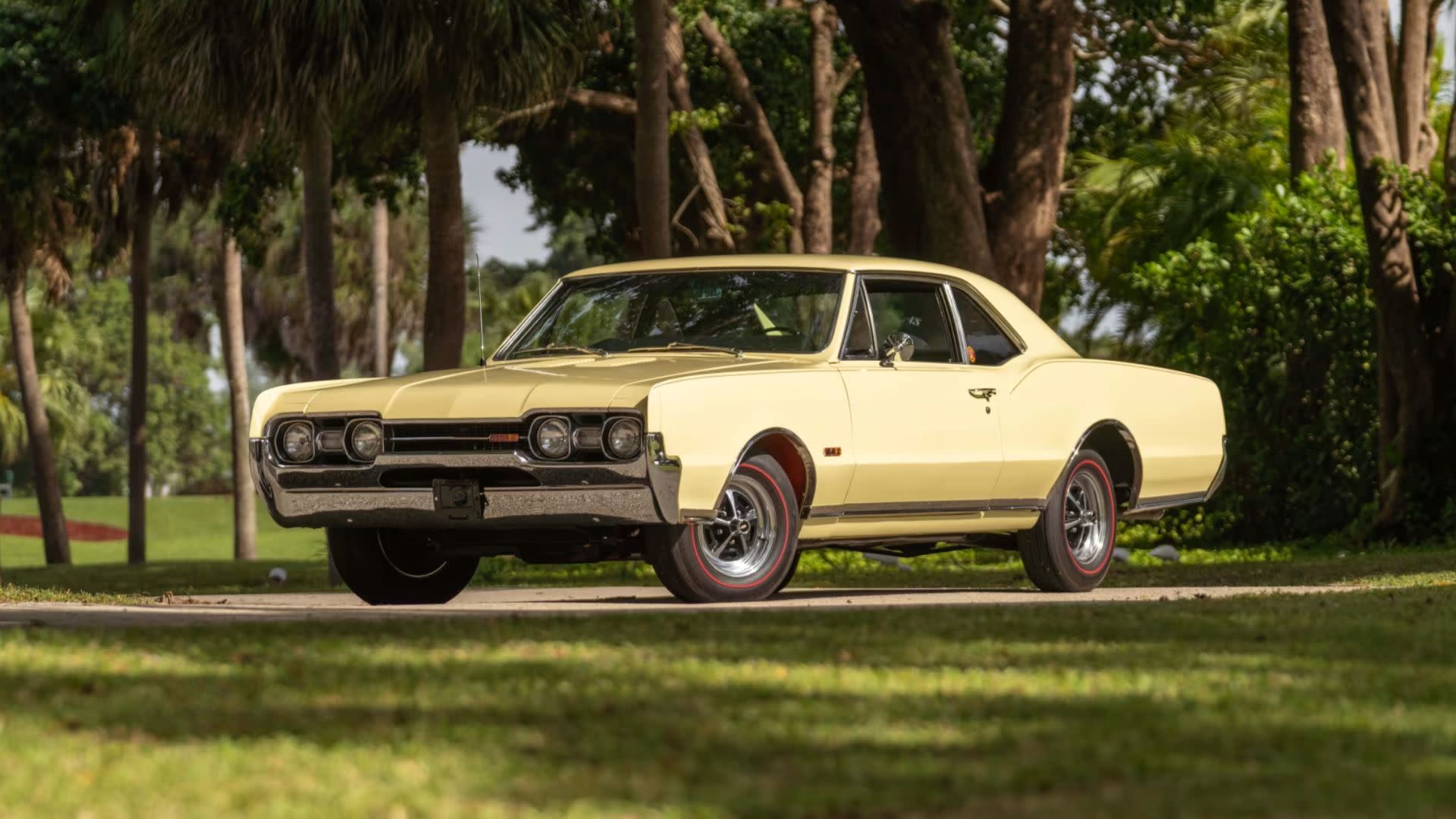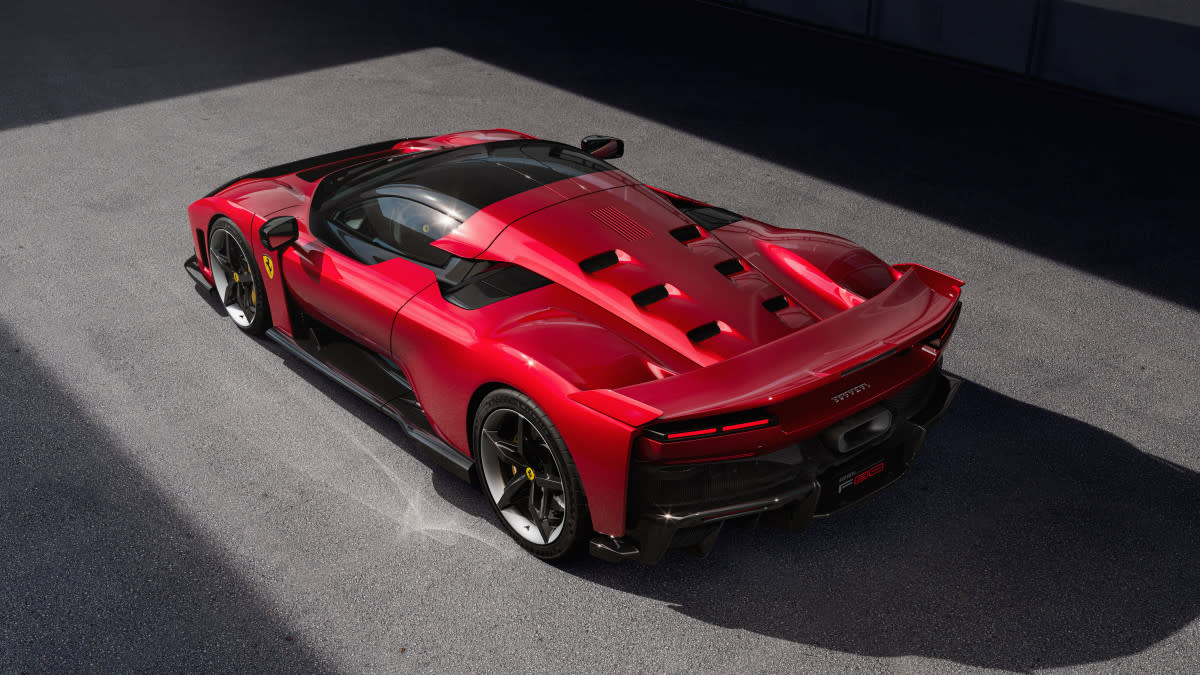
Why Ferrari’s F80 Powertrain Should Worry Supercar Rivals originally appeared on Autoblog.
Racing DNA in the F80’s powertrain
Ferrari’s newest spectacle, the F80, is a $3.9 million hybrid hypercar eight years in the making with a powertrain that will make comparable rivals sweat. The 2026 F80 contains a 3.0-liter V6 powertrain with nearly 1,200 combined horsepower, making it the most powerful street-legal Ferrari ever. This V6 produces 900 peak horsepower or 300 horsepower per liter, while the hybrid system’s electric front axle and motor deliver an additional 300 horsepower. The F80 features a 120-degree, 3.0-liter block gas engine equipped with twin 48-volt electrically assisted turbochargers, spinning to 130,000 rpm and producing 3.7 bar of boost, or 55.5 psi —the highest ever achieved on a production car, according to MotorTrend. This hypercar also has the highest peak cylinder pressures of any production Ferrari.
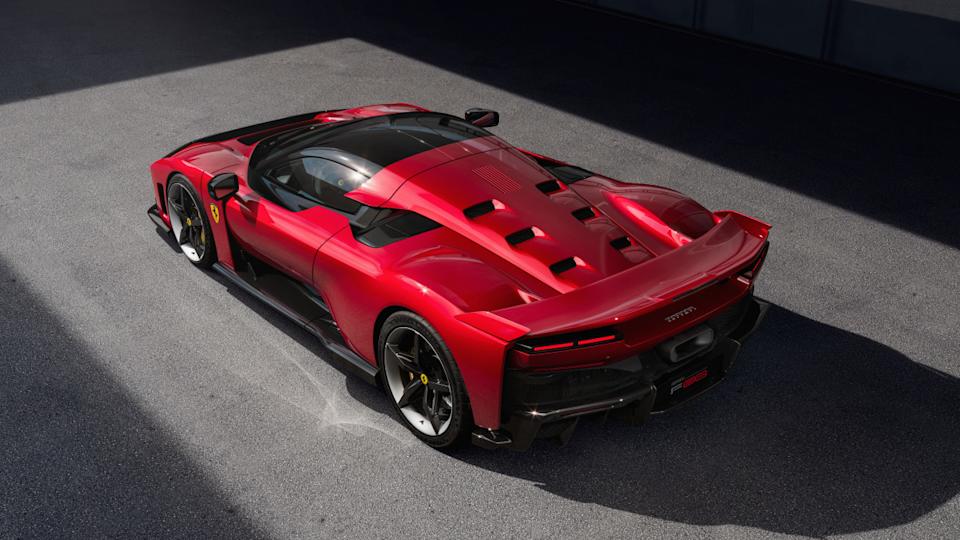 Ferrari F80Ferrari
Ferrari F80FerrariMany of the F80’s powertrain components stem from the 499P, which has won Le Mans the past three consecutive years, starting in 2023. The F80’s powertrain also uses the first MGU-K (hybrid power unit component in Formula 1) electric motor manufactured in-house by Ferrari at Maranello. Two electric motors, an inverter, and an integrated cooling system are present on the front axle, enabling torque vectoring, which optimizes power delivery to each wheel, enhances grip, improves cornering, and solidifies stability.
The rear electric motor also has a dedicated inverter to start the gas engine, recover energy to recharge the battery, and supplement engine torque in certain dynamic conditions. Ferrari has saved about 31 lbs in the F80 by combining multiple power electronics and cooling elements into one compact unit and utilizing a new mechanical layout. The automaker also reduced mechanical power losses by 20% using low-viscosity (thin) oil and a dry sump active lubrication system with an oil tank integrated directly into the rear axle.
Rival powertrain spotlight
Aston Martin’s Valkyrie is a hybrid hypercar, witha track-only versionavailable for the current 2025 production year and the upcoming 2026 model, which is scheduled to start deliveries during the second quarter of 2026. However, the Valkyrie did have a street-legal version as recent as Aston Martin’s 2024 production year, with a starting price of about $3.5 million. This 2024 Valkyrie’s powertrain falls short of the Ferrari F80 with 1,160 combined horsepower and a redline of about 11,100 rpm. The 2024 Valkyrie also uses a rear-wheel drive (RWD) configuration, supplying less traction than the F80’s AWD, enabled by its front electric motors.
Mercedes-AMG’s ONE initially started at $2.72 million, but its rarity led to a Dubai dealer listing an example for over $5 million. Again, the Mercedes-AMG ONE’s total system horsepower and redline are behind the F80 at 1,063 and 11,000 rpm. While the Mercedes-AMG ONE is AWD, its Formula 1-derived electric motor spins the turbo up to 100,000 rpm, 30,000 rpm below the Ferrari F80. McLaren’s $2.1 million W1 hybrid hypercar outperforms the F80’s combined horsepower at 1,258, but revs up to 9,200 and offers RWD instead of AWD.
 Ferrari F80 Ferrari
Ferrari F80 FerrariFinal thoughts
The F80’s price tag is well above some of its comparable rivals, but its advanced powertrain justifies its eye-watering cost by breaking multiple records for a production Ferrari. While McLaren’s W1 does an exceptional job of bringing Formula 1 to the road, the F80 is the most direct transfer of Le Mans and F1 technology to a street-legal car to date. The F80’s torque vectoring and instant electronic response also make it accessible to enthusiasts.
Why Ferrari’s F80 Powertrain Should Worry Supercar Rivals first appeared on Autoblog on Jul 16, 2025
This story was originally reported by Autoblog on Jul 16, 2025, where it first appeared.





